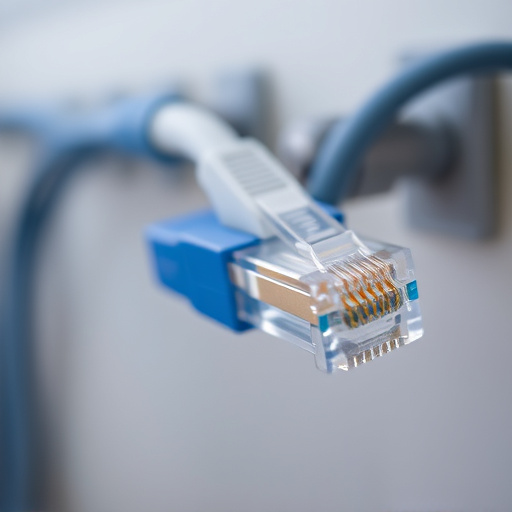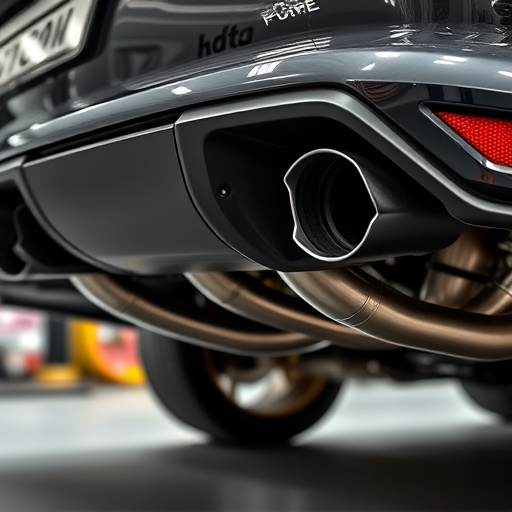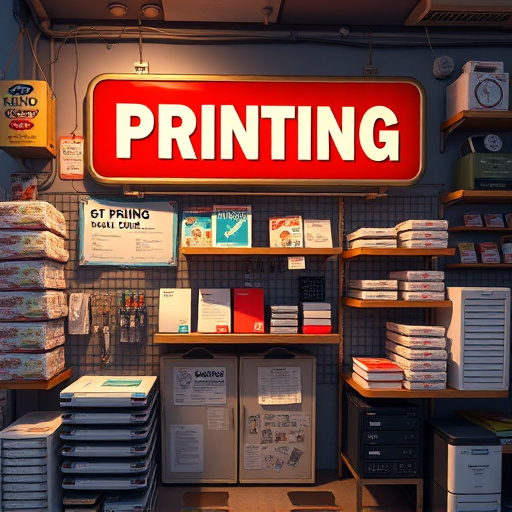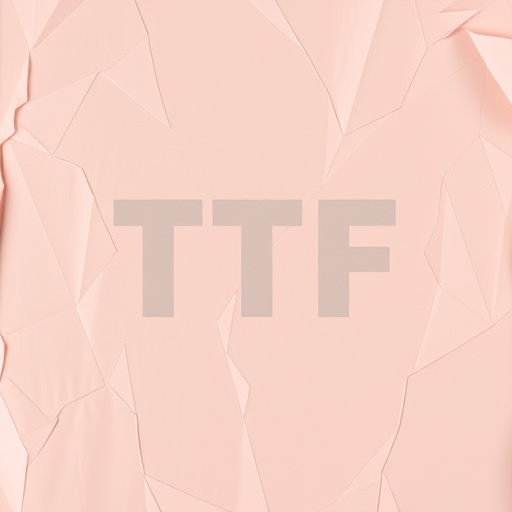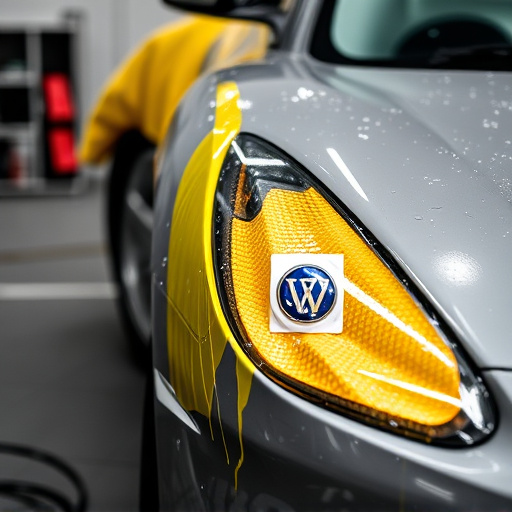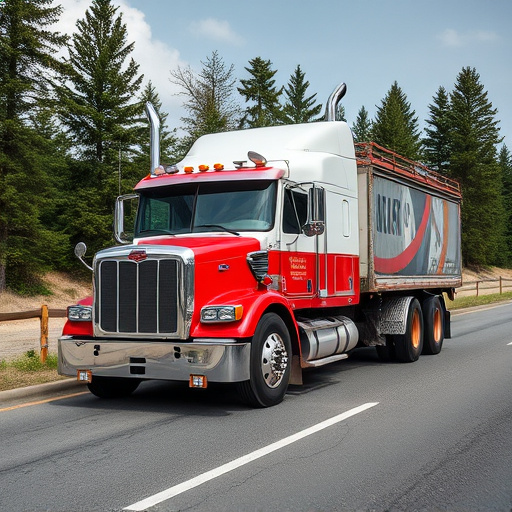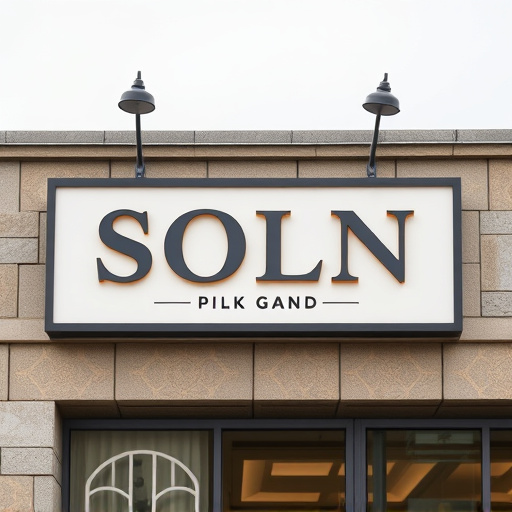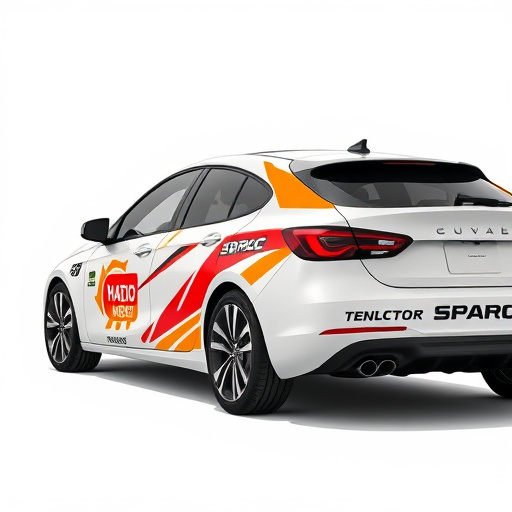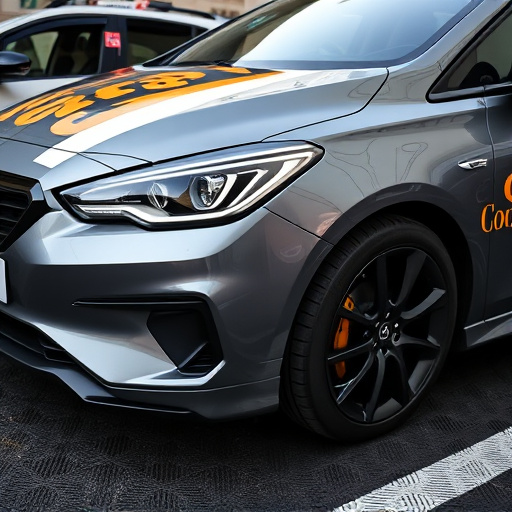Swirl marks on cars are caused by environmental factors and damage. Vinyl wraps offer protection, reducing swirl mark occurrence. Removal strategies include specialized chemical solutions like ceramic coatings and mechanical techniques such as scraping and polishing. These methods restore finishes and enhance protection against future damage, maintaining visual appeal and resale value.
“Unravel the mysteries of swirl mark removal, a process that goes beyond mere aesthetics. This comprehensive guide explores the science behind these unsightly car scratches and how to effectively eliminate them. We delve into the causes and types of swirl marks, uncovering the chemical solutions that provide the best results. Additionally, discover mechanical techniques such as scraping and polishing, offering alternative methods for achieving a flawless finish. Learn the secrets to restoring your vehicle’s gleam.”
- Understanding Swirl Marks: Causes and Types
- Chemical Solutions for Efficient Removal
- Mechanical Techniques: Scraping and Polishing
Understanding Swirl Marks: Causes and Types

Swirl marks, also known as scratch or mar rings, are unsightly defects that can appear on various surfaces, most commonly on cars and other vehicles. These markings are caused by microscopic irregularities on the surface, typically resulting from environmental factors, mishandling, or accidental damage. Understanding the causes and types of swirl marks is crucial for effective removal and preventing future damage.
There are several factors that contribute to the formation of swirl marks. One common cause is exposure to harsh weather conditions, such as sunlight, rain, snow, and ice, which can degrade the surface over time. Bird droppings, tree sap, and other debris can also leave behind residue, leading to swirls when left untreated. In the context of premium automotive services, vinyl wraps offer a protective layer that can significantly reduce the occurrence of swirl marks due to their durability and UV protection properties, making them a popular choice among car enthusiasts.
Chemical Solutions for Efficient Removal

The process of swirl mark removal often involves chemical solutions designed to break down and eliminate unsightly scratches or swirls on automotive finishes. These chemicals play a crucial role in restoring a car’s exterior to its original condition, enhancing its aesthetic appeal and protective properties. One popular approach is the use of cutting-edge ceramic coatings, which not only provide exceptional heat rejection but also act as a barrier against environmental contaminants, including bird droppings and tree sap.
Car customization enthusiasts often turn to these chemical solutions for efficient swirl mark removal. By carefully selecting products tailored to specific paint types, owners can achieve seamless integration of repairs, ensuring their vehicles maintain the same glossy finish as the rest of the body. This meticulous process involves applying compounds that chemically interact with the scratch pattern, smoothing out irregularities and revealing a flawless surface, ultimately contributing to the overall visual allure and value of the vehicle through meticulous car customization practices.
Mechanical Techniques: Scraping and Polishing
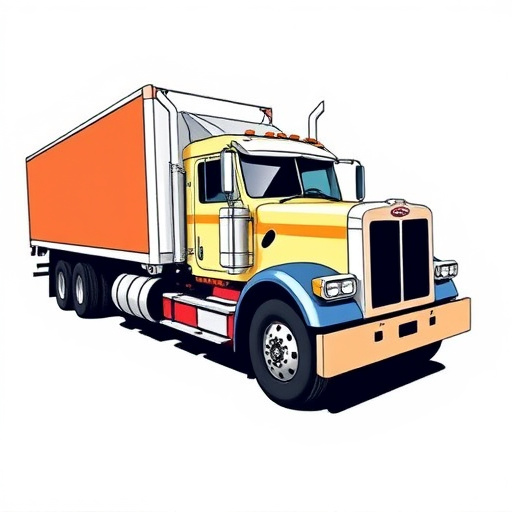
Mechanical techniques like scraping and polishing are popular methods for swirl mark removal, especially on automotive finishes. Scraping involves using a specialized tool with a sharp edge to physically remove the damaged layer of paint or clear coat. This process requires careful application to avoid further damaging the surface. Polishing, on the other hand, uses abrasives and machinery to smooth out imperfections. It’s a more delicate approach that can restore the gloss and texture of the original finish, effectively concealing swirl marks.
For optimal results, combining these techniques is often recommended. Scraping first removes the visible swirls, followed by polishing to achieve a flawless, glossy surface. This two-step process is particularly effective on lighter swirls where deep damage is minimal. Additionally, these mechanical methods complement other protective coatings like ceramic coating and window tinting, enhancing their longevity and protecting the vehicle’s finish from future damage.
In understanding the science behind swirl mark removal, we’ve explored both chemical and mechanical solutions. By recognizing the various causes and types of swirl marks, we can employ targeted strategies such as chemical treatments and precise mechanical techniques like scraping and polishing. These methods ensure effective swirl mark removal, restoring surfaces to their original gloss and aesthetic appeal. For efficient swirl mark removal, these scientifically-backed approaches offer lasting results, catering to both professional detailers and DIY enthusiasts alike.


